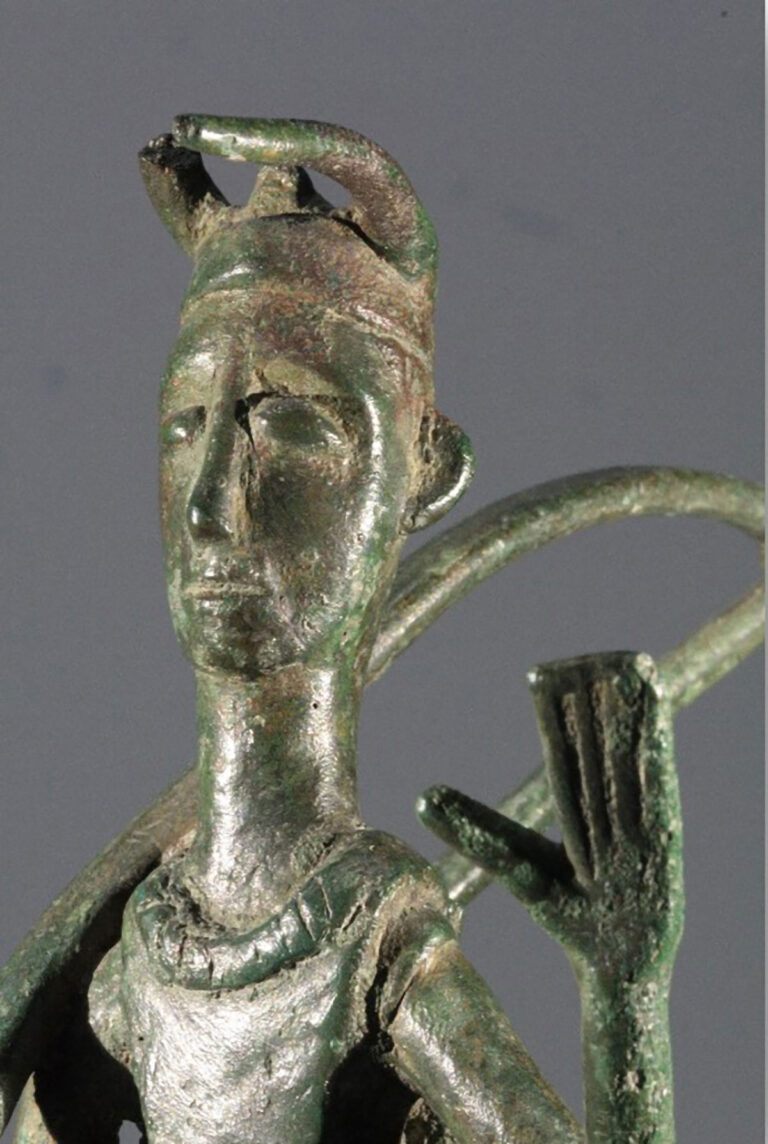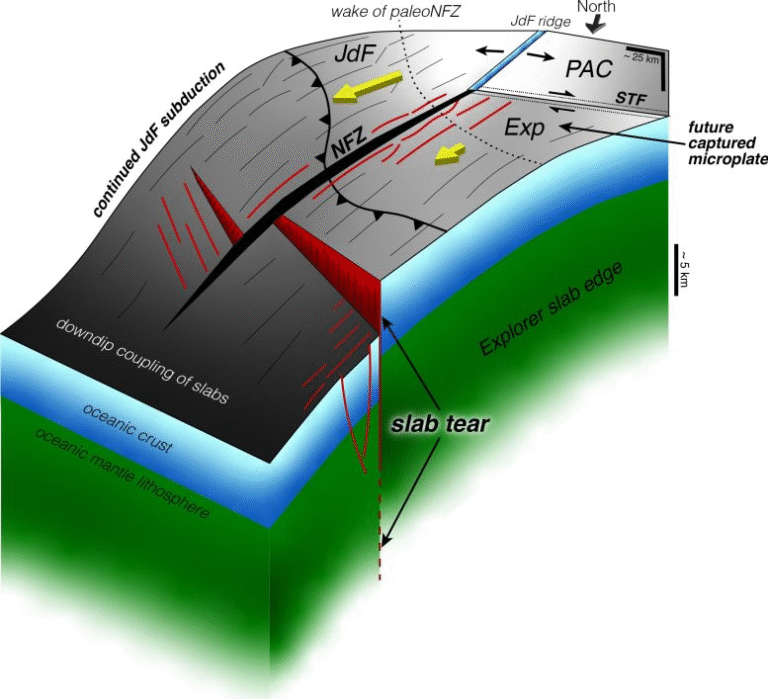Low-Cost Weather Sensors Reveal How Parks and Water Bodies Help Cool East London

A new study from researchers at University College London (UCL) has taken a close look at how low-cost commercial weather sensors can help map temperature differences across urban neighborhoods. By focusing on East London—specifically the areas around Queen Elizabeth Olympic Park, Hackney Wick, Fish Island, and Park View Mansion—the team uncovered clear evidence that parks and water bodies play a major role in cooling nearby communities. What makes this study especially interesting is that the researchers used affordable sensors that are normally found in greenhouses rather than expensive scientific-grade equipment.
Below is a detailed breakdown of everything the study found, how it was conducted, and why it matters for the future of urban climate monitoring.
Study Overview and Purpose
The central idea behind the project was to determine whether low-cost temperature sensors, which typically retail around €335 (or £291), could generate research-quality climate data in cities. Professional, scientific-grade weather sensors can cost thousands of pounds, putting them out of reach for dense citywide deployment. Lower-cost alternatives, if shown to be effective, could help fill data gaps in what researchers call sensor deserts—urban areas with little or no regular climate monitoring.
The study ran for a full year, covering the period from 20 June 2024 to 21 June 2025, and focused on neighborhoods in East London. These locations were chosen because they contain a mix of built-up areas, water bodies, and the extensive green space of the Olympic Park.
Sensor Network and Deployment
The researchers installed 39 sensors, separated into clusters of 5 to 12 sensors each, across four East London locations:
- Olympic Park
- Hackney Wick
- Fish Island
- Park View Mansion
Before deployment, the team compared the low-cost sensors against a higher-grade weather station to make sure the devices were sufficiently accurate. Even though these commercial sensors are typically used for greenhouse monitoring, they offer better accuracy than basic backyard thermometers while remaining far more affordable than professional meteorological instruments.
Each sensor was fitted with a protective shield designed to block direct sunlight, which is important because solar radiation can create artificially high temperature readings. Still, the study found that direct sunlight continued to influence some measurements, a limitation the researchers emphasize.
What the Study Found About Urban Temperatures
The results supported a well-established idea: green spaces and water bodies help keep cities cooler.
Here are the key temperature findings:
- Neighborhoods surrounding the Olympic Park were, on average, 0.53°C warmer than the park itself.
- During the summer months, the difference increased to as much as 0.87°C.
- In some analyses, neighborhoods farther away from the park showed an average increase of 0.21°C, highlighting how distance from green infrastructure correlates with increased heat.
- Areas with both greenery and water showed cooler daytime temperatures compared to more built-up settings.
- In certain seasons, particularly winter and spring, maximum daily temperatures in water-rich districts were up to 2°C lower than those within the park.
These findings highlight how even modest separations between green/water areas and dense urban blocks can produce noticeable differences in heat exposure.
How Well Did Low-Cost Sensors Perform?
Across the one-year study period, the sensors gave results that the researchers considered good quality and usable—but with some important caveats.
The sensors performed best during:
- Summer nights, when sunlight interference was minimal and temperature gradients were more stable.
The sensors were less accurate during:
- Winter months, when conditions were more variable.
- Periods of direct sunlight, despite the shielding.
The data also showed that not all measured temperature differences were large enough to exceed the sensor’s uncertainty range. Depending on the season:
- Only about 10% of differences in winter were clearly outside the uncertainty margin.
- About 30% in autumn exceeded the margin.
- Roughly 50% in spring provided clearly distinguishable differences.
This means that small temperature contrasts in colder seasons should be interpreted with extra caution.
Still, even with these limitations, the sensors were reliable enough to help identify urban heat hotspots, especially during summer—the time of year when heat exposure poses the greatest health risks.
Why This Research Matters for Cities
Better Urban Planning
The findings reinforce the idea that parks and water features are a natural buffer against rising temperatures. Cities facing hotter summers from climate change can use this information to design neighborhoods that stay cooler by incorporating more greenery and blue spaces.
Filling Sensor Gaps in Cities
Many urban areas lack detailed temperature data at the neighborhood level. These “sensor deserts” are often found in deprived communities, where residents typically have fewer resources to adapt to extreme heat. Affordable sensors could help monitor these areas consistently and identify places that may require targeted interventions.
More Data for Climate Adaptation
As heatwaves become more common, cities need better temperature maps to guide decisions like:
- Where to plant new trees
- Where to open cooling centers
- Where to prioritize shaded bus stops or public seating
- How to design new developments to reduce heat buildup
Low-cost sensors make it possible to gather this kind of data across an entire city without spending enormous sums.
Extra Insight: Why Urban Heat Islands Form
To give more context beyond the study, it’s useful to understand the general mechanisms behind urban heat islands (UHIs)—areas where cities become significantly hotter than surrounding rural zones.
Key reasons UHIs form include:
Absorbing Surfaces
Urban materials like concrete, asphalt, glass, and brick absorb heat during the day and release it slowly at night. This traps warmth and raises local temperatures.
Lack of Vegetation
Trees and plants cool the air by evapotranspiration, and they also provide shade. Without them, surfaces receive more sunlight and heat builds up faster.
Reduced Airflow
Tall buildings create narrow streets that limit wind circulation. Poor ventilation means heat lingers.
Heat from Human Activity
Urban areas generate their own heat through vehicles, AC units, industry, and daily human activities.
Water Bodies as Coolers
Water warms more slowly than land and cools the air around it through evaporation.
This makes parks, rivers, lakes, and canals powerful cooling forces in densely built environments. The East London study highlights this effect clearly.
Extra Insight: The Importance of Dense Sensor Networks
Traditional weather stations are few and far between. Even in big cities, you’ll typically find only a handful of official stations covering millions of residents. This makes it extremely difficult to map temperature differences between neighborhoods.
Dense sensor networks—made up of many low-cost devices—help reveal micro-variations in temperature that large stations miss. For example:
- A shaded park might be cooler by several degrees compared to a nearby street lined with concrete buildings.
- A canal-side walkway could be cooler during the day but warmer at night depending on humidity, airflow, and heat storage.
Mapping such patterns helps urban planners design better infrastructure and improve resilience to climate change.
The Bigger Picture
This study is part of a growing movement exploring how crowdsourced weather data, affordable sensors, and citizen science can enhance climate research. As technology becomes cheaper and more accessible, we can expect more communities to set up small but effective sensor networks to track air quality, humidity, rainfall, and temperature.
If widely adopted, this approach could revolutionize how cities respond to climate stress and how residents understand their own environment.
Research Paper Reference
What Low-Cost Sensors Can Tell Us About Urban Microclimates: A Case Study Around London’s Olympic Park
https://doi.org/10.1002/met.70112





